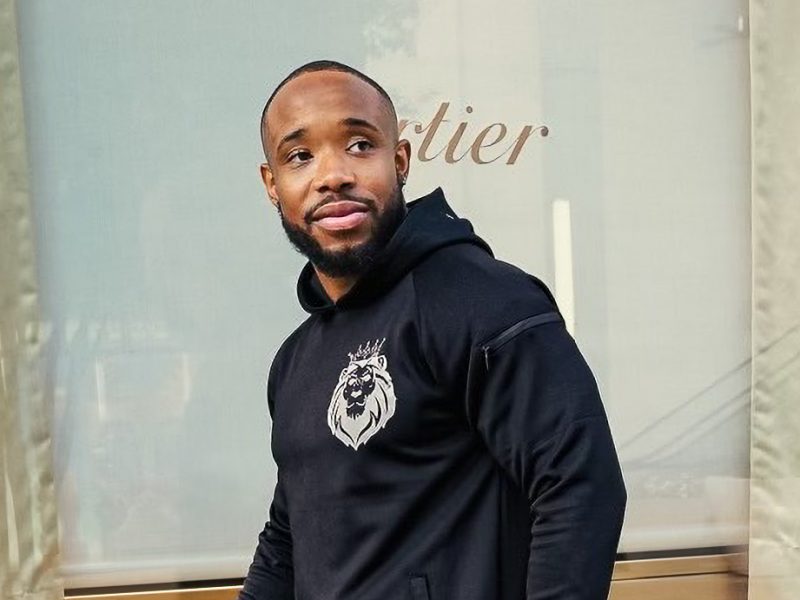By Alyson Kay
For The Diamondback
Last Thanksgiving, 42-year-old Carol Tyson took a trip to Columbus, Ohio, where she explored the area using Ohio State University’s bike-share program.
But she didn’t ride around in a traditional cruiser.
Tyson is a right hand amputee and has limited mobility in one of her legs. She can only use an accessible bike, such as the handcycles she rode in Ohio. This technology is important in making transportation options more equal for those with a disability, said Tyson, who is a disability justice advocate and consultant. And she has the chance to use an accessible bike without needing to travel so far from her Washington, D.C., home. The University of Maryland’s bike-share program, which launched this past May, features five bikes accessible to those with disabilities in its fleet of 125.
The system, mBike, is a partnership with the City of College Park, the University of Maryland and bike-share provider Zagster.
College Park is one of the first cities to include adaptive bikes in their bike-share program. It joins Carmel, Indiana, and Westminster, Colorado, as leaders in the practice.
“One of the benefits of Zagster was that they do provide accessible bike options,” said College Park Mayor Patrick Wojahn, who has worked as an advocate for people with disabilities. “This is an important added benefit that we could provide.”
Other areas are aiming to follow suit. Cities such as Portland, Oregon, and Los Angeles are looking into the possibility of adding accessible bikes to their bike-share programs.
“It’s just a part of making the communities more livable for everybody that’s there,” Tyson said.
People who need an accessible bike can choose between two tricycles, two side-by-side bikes and a handcycle. Each of these options can be checked out and docked at any of the 14 stations around the campus and city. Like the traditional cruisers, each accessible bike is equipped with safety features such as reflectors, bells and lights. The handcycle also features an orange flag, so people can see it despite its low profile, said Nate Taber, Zagster’s marketing head.
Because the program is just a few months old, Zagster doesn’t yet have data on how popular the accessible bikes are, Communications Manager Jon Terbush said.
The system is not perfect. Because there are few accessible bikes, it can be difficult to find the right accessible bike at a docking station — Tyson, for example, wasn’t able to find the handcycle in College Park.
Wojahn said the city is looking to make improvements.
“One thing that we’re looking into doing with Zagster is currently the app doesn’t show where the accessible bikes are located and we don’t have enough to have them at every station. That would be ideal if we did,” Wojahn said. “But in the meantime, we can work to make the app so that the app will show where exactly the accessible bikes are located at any given time.”
Neighboring cities, including Greenbelt, Hyattsville and University Park, have expressed interest in expanding the bike-share program into their jurisdictions.
Wojahn said that because those cities would join the same program, accessible bikes would be available in those areas as well.
Bike-share systems “are meant to provide transportation for the people that are there, and in all cases, there are going to be people with disabilities,” Tyson said. “It makes a lot of business sense for bike-share companies to be creating bikes that everyone can use.”



